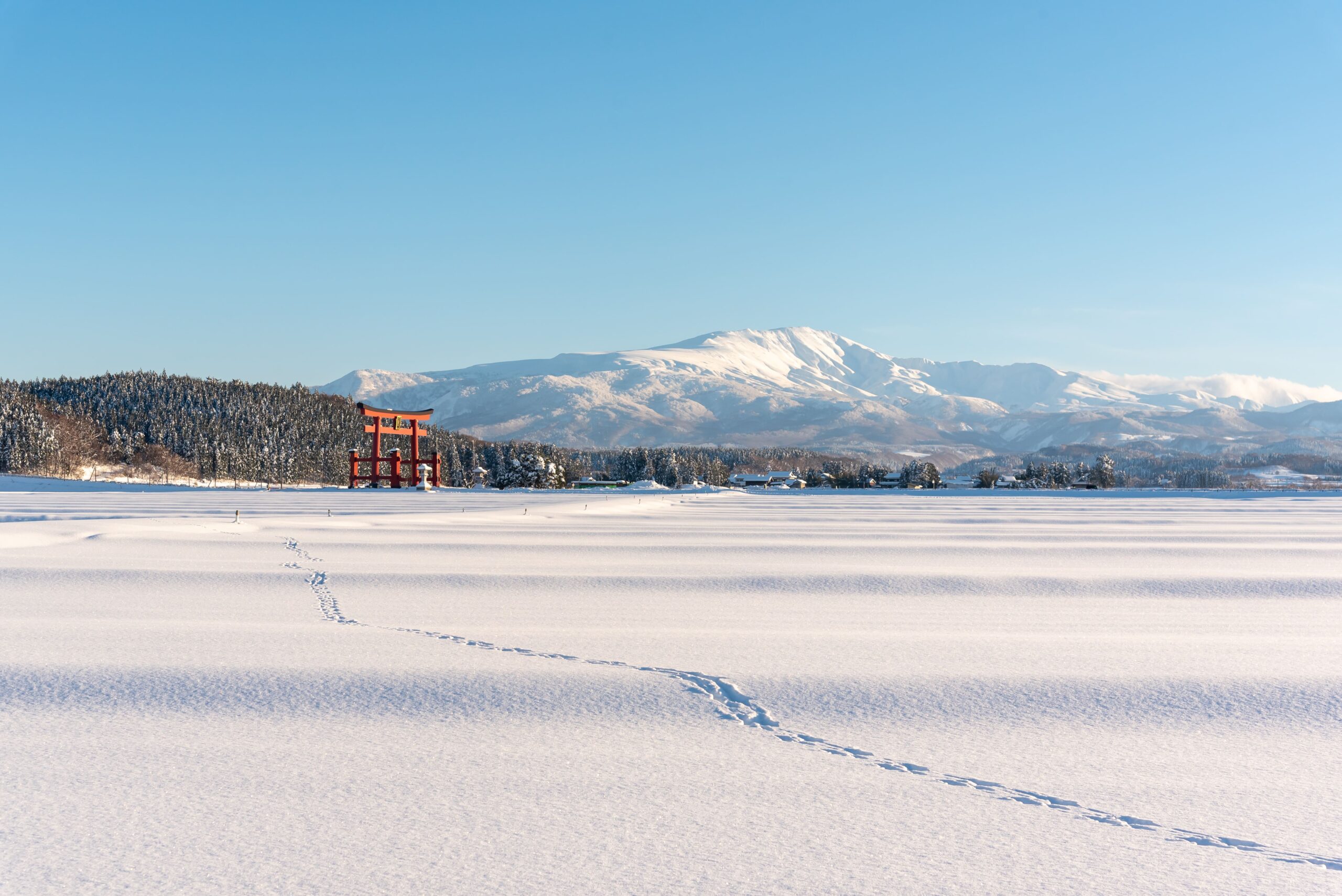
Tsuruoka’s Japan Heritages 鶴岡の日本遺産
Japan Heritage (in Japanese: Nihon-isan 日本遺産) is a new cultural legacy designation system, apart from the already existing National Property designation system, that aims to protect the concepts and stories that are anchored into Japan’s history and traditional culture.
There are in total 8 Japan Heritages registered as of February 2021 in the Tohoku Region, and Tsuruoka boasts 3 of them, which are:
● Japan Heritage Official Site | Stories and travel information
Dewa Sanzan’s Journey for Rebirth 出羽三山の生まれかわりの旅

Dewa Sanzan, one of the Three Main Sacred Sites of Shugendo in Japan (日本三大修験道), has been existing for more than 1400 years.
The Dewa Sanzan Yamabushi practice has been ongoing for all those centuries without discontinuing.
Everybody is accepted and invited to learn about the essence of Dewa Sanzan’s Yamabushi way of thinking: the “uketamo” (ウケタモウ), literally: “I accept”.
Accomplishing the pilgrimage of the Three Sacred Mountains of Dewa : Mt. Haguro, Mt. Gassan and Mt. Yudono is said to make the pilgrim access “spiritual rebirth”.
| Related Spots | Go to “About Dewa Sanzan” |
| Japan Heritage’s official page | Dewa Sanzan’s Journey of Rebirth |
Samurai Silk サムライシルク
The Samurai Silk designates the silk produced in the Shonai region after the Shonai Clan’s surrender, an event that marks the end of the Boshin War in 1868 and the new government of the Meiji Period. After the Boshin War, the Shonai Clan, the last to have surrendered to the new government, was considered a renegade. To wash their former clan’s honor and prove their value, the former samurais wished to participate in developing the new government’s economics by specializing themselves in silk farming. The government allowed them to do so and let them build the Matsugaoka Silk Farms. The samurais controlled every step of the silk production: from silkworm breeding to the final products’ manufacture.
| Related Spots | Matsugaoka’s silk farms |
| Chido clan School | |
| Chido museum | |
| Shonai Shrine | |
| Japan Heritage’s official page | Samurai Silk |
Kitamaebune’s Maritime Road 北前船寄港地・船主集落

The Kitamaebune Maritime Road departed from Hokkaidô down to Osaka, running along the coast of the sea of Japan from the Early 18th Century to the Early 20th Century. The merchants of the Kitamaebune 北前船, literally: “the boats from the North” (a combination of the words kitamae 北前 that used to designate the Sea of Japan, and fune 船: the boats), followed that shipping route from ports to ports, importing rare goods from the South to the North (and vice-versa) to resell them at a higher price to the following harbor. Merchants who ventured on the dangerous Sea of Japan risked their lives, hoping for a better life. The tremendous benefits made by the Kitamaebune merchants benefitted a lot of small coastal cities. In Tsuruoka, this is particularly noticed in the castle town, with the construction of rich merchant houses and the flourishing of Zenpoji Temple thanks to the sailors’ donations.
There are 45 port cities in 16 different Japanese prefectures that are registered in the Japan Heritage Kitamaebune’s Maritime Road registry.
| Related Spots | Zenpoji temple |
| Chef Suda’s cuisine | |
| HEISHINDO’s Merchant House | |
| Japan Heritage’s official page | Kitamaebune’s Maritime Road |
